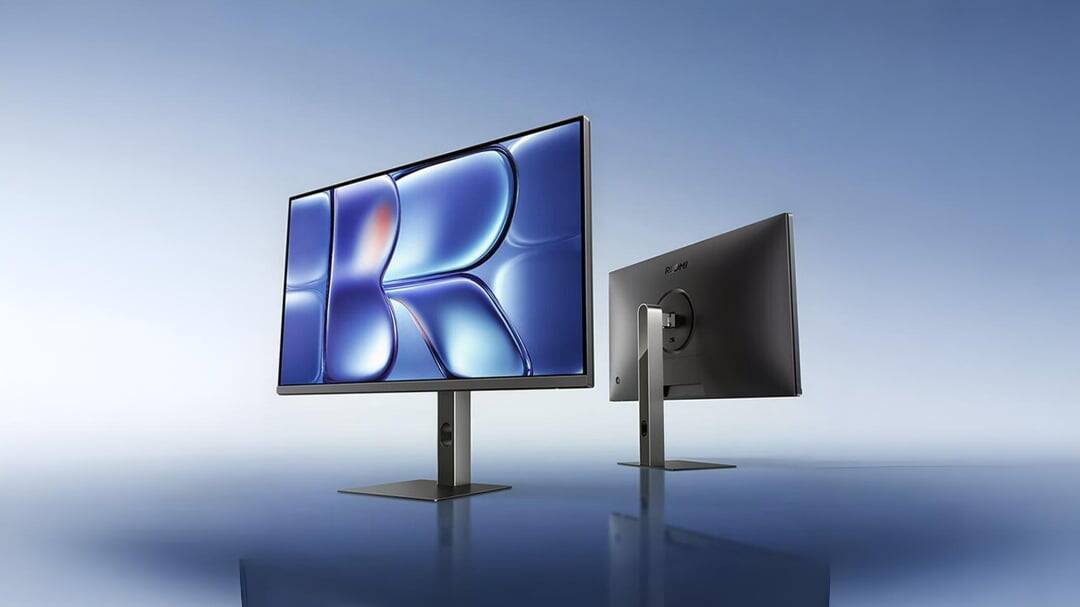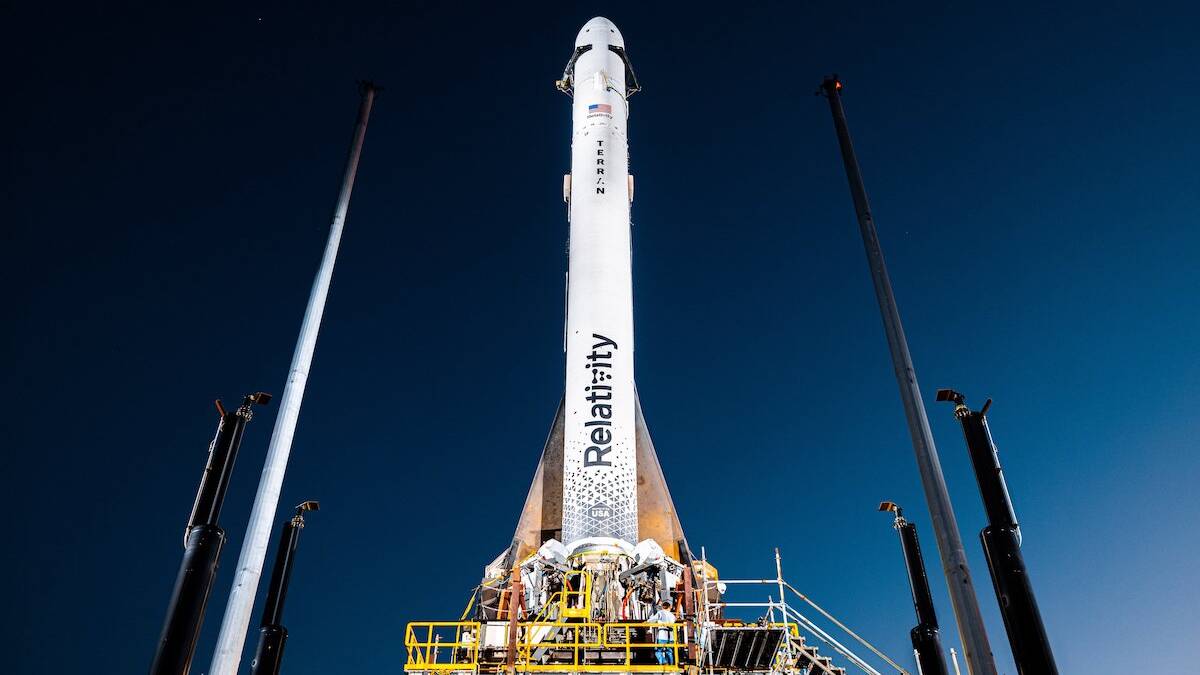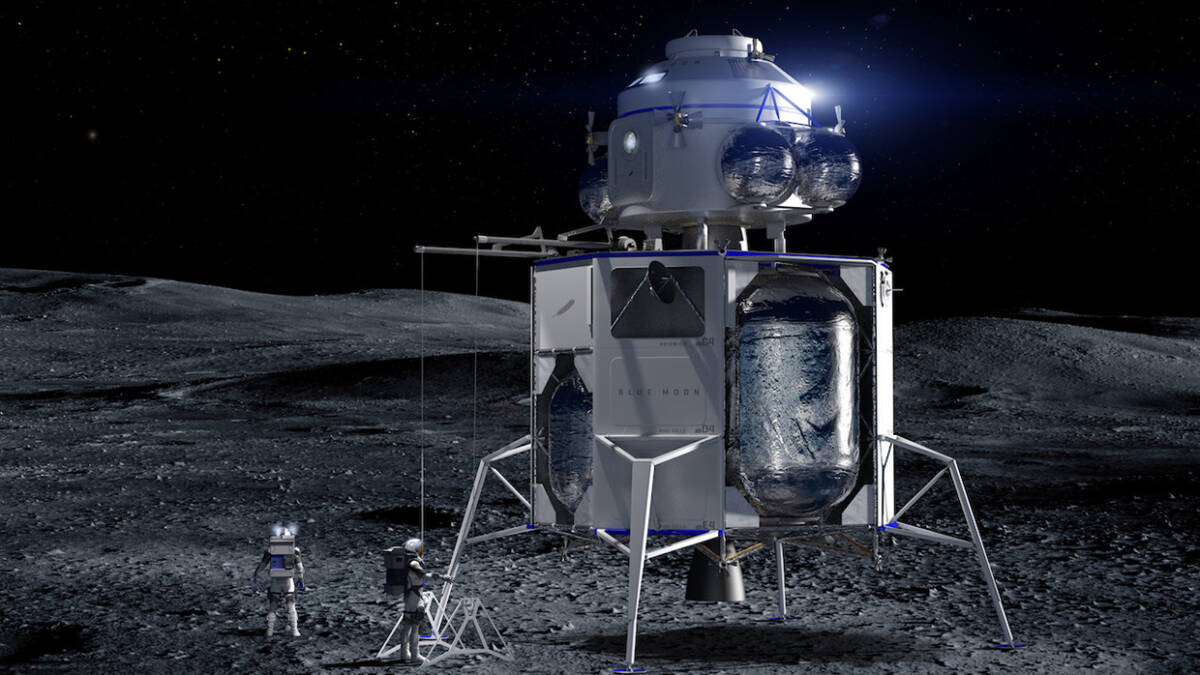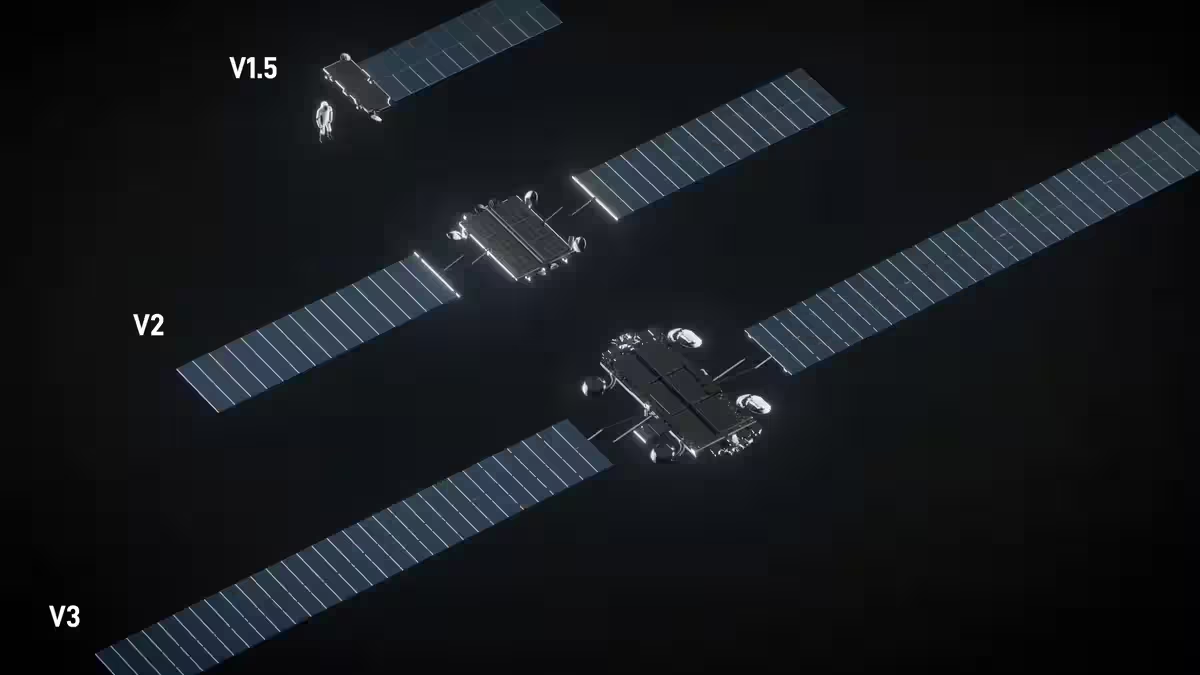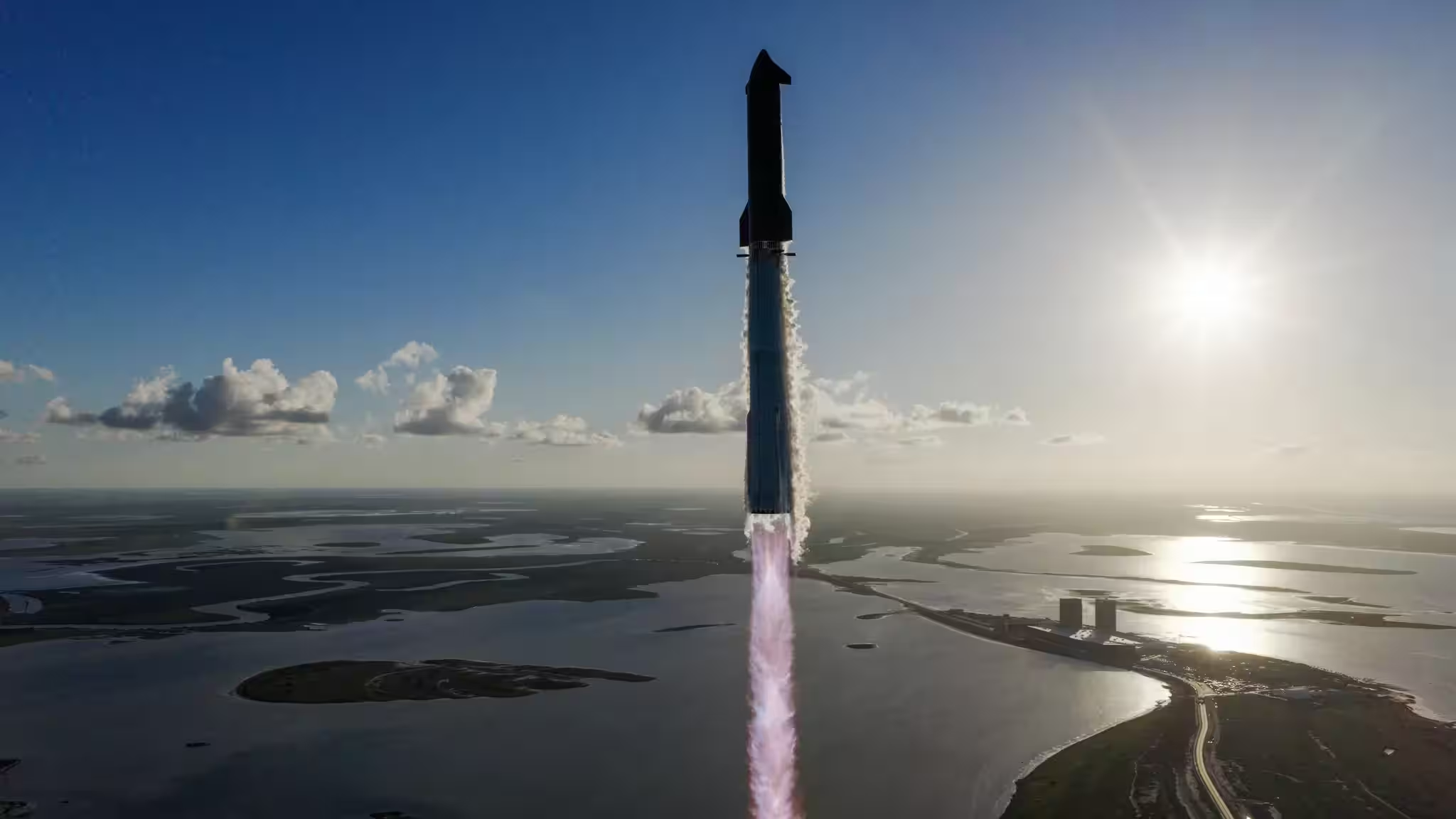China’s Chang’e-6 probe returns from the far side of the Moon with a soil sample

Samples from the far side of the moon are returning to Earth. China’s «Chang’e-6» mission landed on the moon over the weekend and has since collected a sample of lunar regolith. That material began its journey back to Earth late last night after the successful descent of the «Chang’e-6» vehicle. It will be the first time samples from this region of the moon have been returned to Earth.
Samples from this region of the moon have been returned to Earth.
Chang’e-6 left Earth on May 3, departing from China’s Wenchang Cosmodrome. Just a few days later, it reached lunar orbit. The Chinese National Space Administration (CNSA) had been conducting orbital scientific research and preparing for the historic landing for weeks. The 3.2-ton vehicle reached the moon on June 1 and descended in Apollo Crater, which is part of the South Pole — Aitken Basin, where other vehicles are expected to land in the coming years.
An Apollo crater, which is part of the South Pole — Aitken Basin, where other vehicles are expected to land in the coming years.
The lander was equipped with a drill and scoop designed to load two kilograms of lunar material into a sample container. That container is in the lander, which you can see in the photo above. On the evening of June 3, CNSA confirmed that its lander had left the surface with the valuable payload secured.
Lander’s landing vehicle has left the surface with the valuable payload secured.




